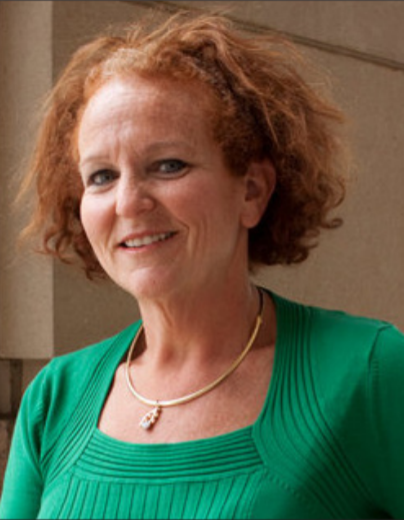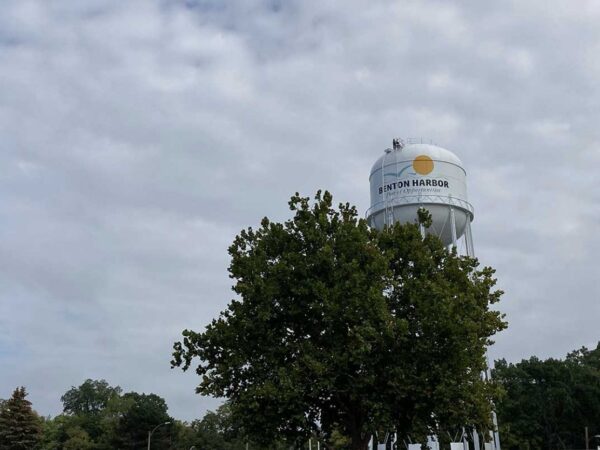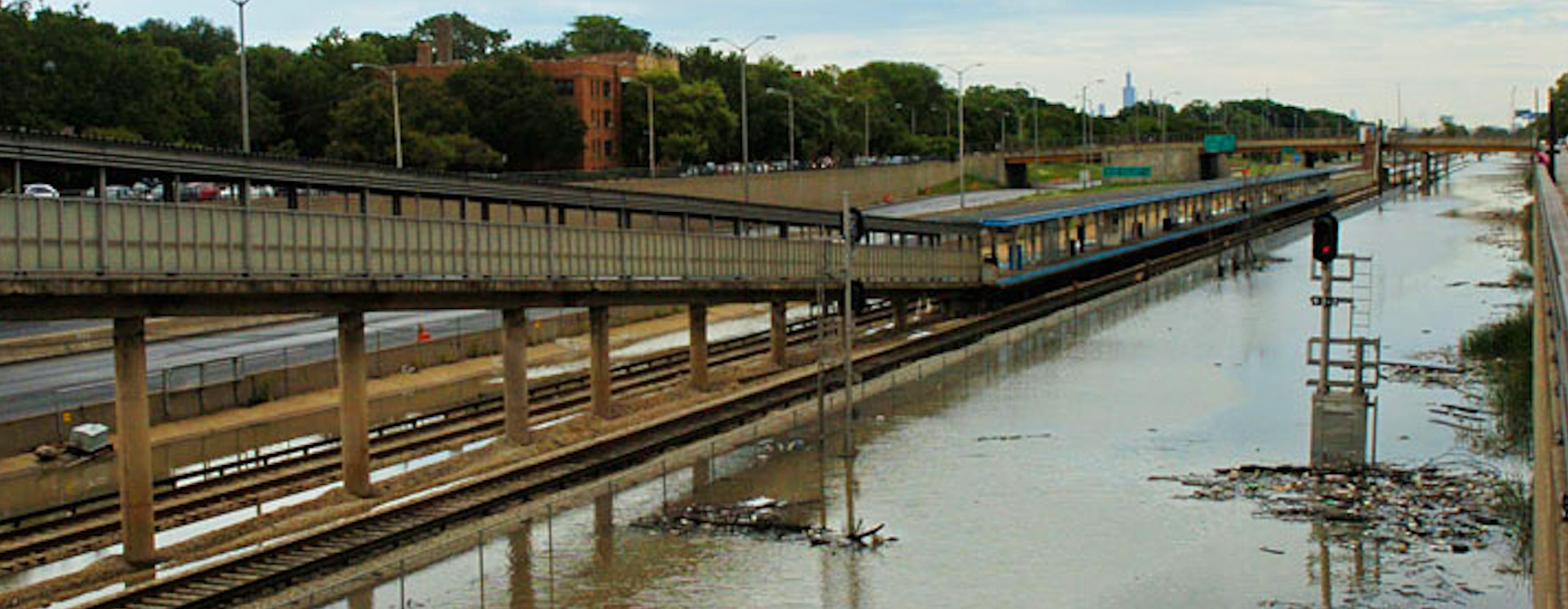
“No one grasps problems like this until it happens to them”
Torrential rains flooded highways and homes.
Rail lines closed, flooding caused power outages and a hospital was forced to transfer patients. Stranded motorists were rescued by boats, the Red Cross opened shelters and the weather forecast said additional heavy rain was on the way.
Houston?
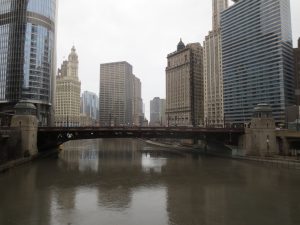
Flooded Chicago River, courtesy of Edward Stojakovic
No, that’s Chicago in July, a little more than a month ago.
High-intensity storms repeatedly rolled through Chicago in a short time frame and the July rainfall wasn’t an anomaly. Similar rain scenarios hit Chicago in 2010 and 2011.
Chicago’s normal rainfall averages 3.7 inches for July according to National Weather Service data for 1871 through 2015. In 2010, it was 8.8 inches and in 2011 it was 11 inches. Individual storms dropped between five and eight inches.
Clearly, Chicago’s experience pales compared to the tragedy in Houston where the flooding is difficult to comprehend. But should Houston be a wakeup call for preparedness and mitigation for the Great Lakes region?
Former Racine, Wis. Mayor John Dickert says yes.
“No one grasps problems like this until it happens to them,” Dickert told Great Lakes Now.
“How many times have we witnessed drinking water bans in cities and no one is concerned about our drinking water? Until their tap runs dry or their homes are flooded they don’t think about it.”
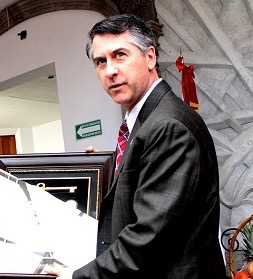
John Dickert, President and CEO of the Great Lakes and St. Lawrence Cities Initiative
Dickert is now the President and CEO of the Chicago-based Great Lakes and St. Lawrence Cities Initiative, a coalition of U.S. and Canadian mayors that works to enhance water quality in the region.
Thunder Bay, Ontario is a coalition member and in 2012 it experienced a storm that flooded the city as well as its sewage treatment facility. Repair costs have reached $58 million, and that’s just to fix the treatment plant.
Since then, the city of 108,000 on the Lake Superior coast has instituted a “Go Forward” plan that focuses on response, mitigation and infrastructure.
Are we Rain Ready?
In Chicago one group is asking a basic question. Is the city and are individual homes rain ready?
The non-profit Center for Neighborhood Technology (CNT) has a RainReady program that helps communities and individuals manage water and prepare for the new normal of intense rainfall.

Scott Bernstein, Founder and Chief Strategy + Innovation Officer, courtesy of cnt.org
Scott Bernstein founded CNT and he outlined the status of the problem and flood mitigation efforts for Great Lakes Now.
Impervious surfaces – hard surfaces that don’t absorb water – like roads and parking lots are a major contributor to flooding and they cover 42 per cent on average of greater Chicago’s Cook County, according to CNT data.
In some areas, they are over 50 per cent and “it’s hard to move the needle to lower that number,” Bernstein tells Great Lakes Now.
There’s an emphasis on green infrastructure like landscaping and rain barrels but to date they’ve been mostly for demonstration purposes. They’re not “at a scale where they can reduce flooding,” according to Bernstein.
Nationally, there’s a basic accountability gap on flooding where no one seems to be in charge, Bernstein says.
“There’s no agency with primary or direct responsibility. It’s not part of the U.S. EPA’s mission and the Army Corps of Engineers says it needs authorization from Congress and funding to act and there’s a backlog of work. FEMA says they get involved after the flood on relief and recovery,” Bernstein says.
Intense storms in Chicago can mean that the locks leading from the Chicago River to Lake Michigan that serve as a safety valve have to be opened to lessen the chance of flooding. When that happens, the outflow carries sewage and other pollutants to the lake.
Great Lakes Now asked Chicago’s Metropolitan Water Reclamation District (MWRD) if releasing river water to Lake Michigan is still the fall back option to prevent flooding to buildings along the river?
Spokesperson Allison Fore didn’t directly respond to the question but said “there are times, approximately once per year, when differential levels at Lake Michigan control points result in backflows to the lake.”
Asked about the ability of current infrastructure to prevent flooding in an area of the Chicago River that Chicago has been targeted for development, Fore said the agency wasn’t “familiar with the development” and referred Great Lakes Now to the City of Chicago.
MWRD’s mission statement lists “protecting new and existing development from flooding” as a goal.
John Dickert from the mayors’ initiative says Great Lakes “cities are working on storm water management plans and flooding.”
But Dickert cites complacency on flooding at the federal level as a problem related to climate change denial. “We have an administration that does not take this issue seriously…” Dickert told Great Lakes Now.
Can the Great Lakes region set a standard for the nation on mitigating and coping with floods? Or will it talk a better game than it plays prioritizing development over flood prevention and preparation?
One expert says the region has an opportunity.
Lynn Broaddus is a Minnesota-based water management specialist who consults and lectures around the country. She reinforces the position that “Great Lakes cities are not immune to extreme weather events.”
Broaddus says “if we can accelerate attention to good zoning, green infrastructure solutions and renewable energy sources, we’ll be viewed as the smart ones in years to come.”
(Featured Image: Flooded rail line adjacent to Chicago’s Eisenhower Freeway, courtesy of OakPark.com)


